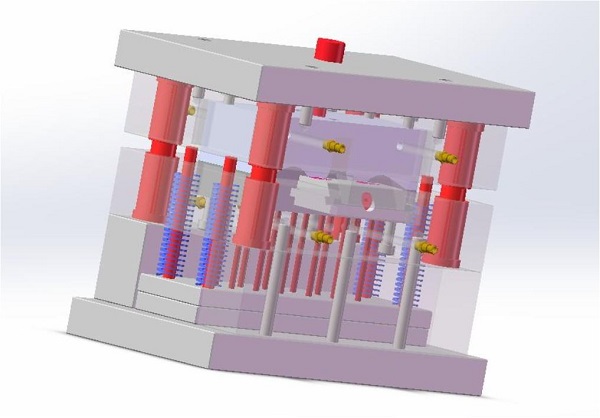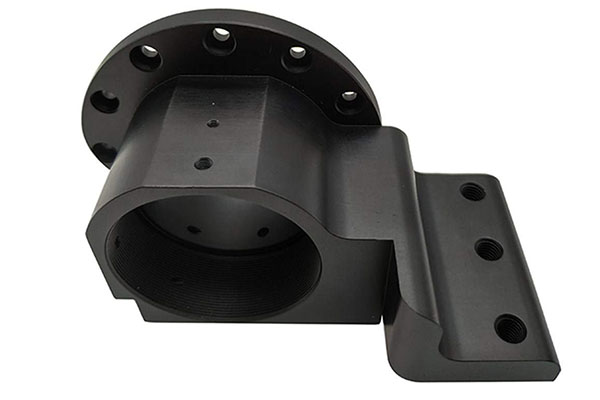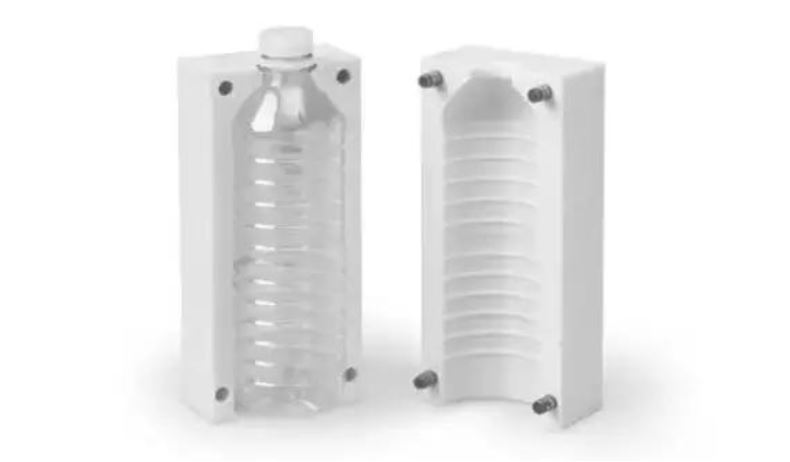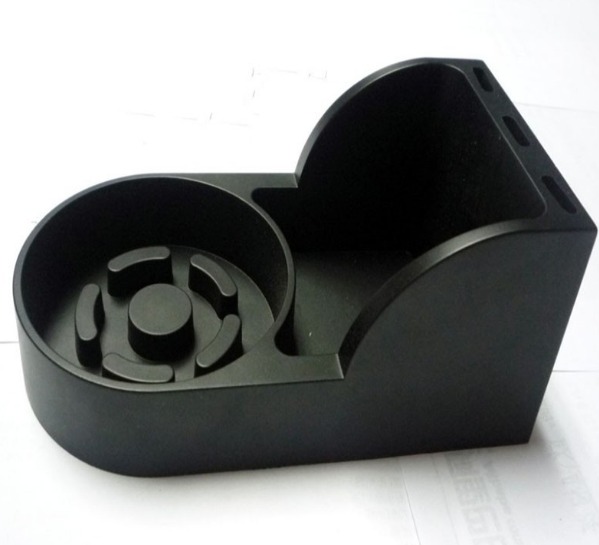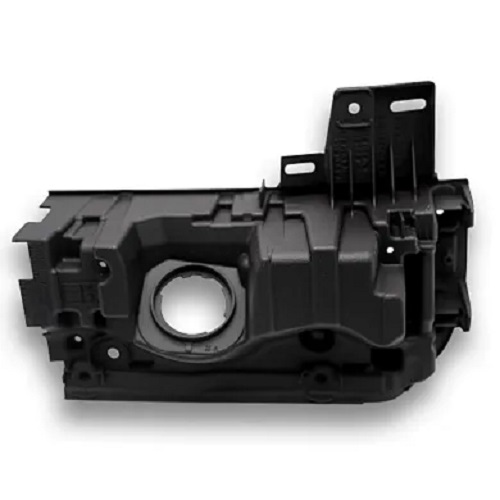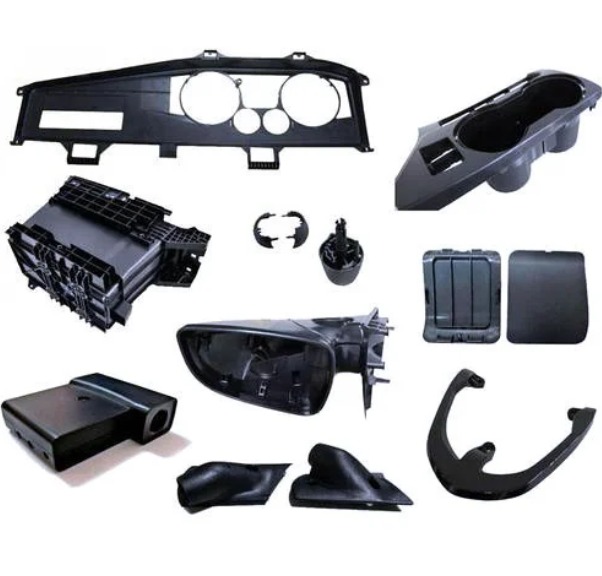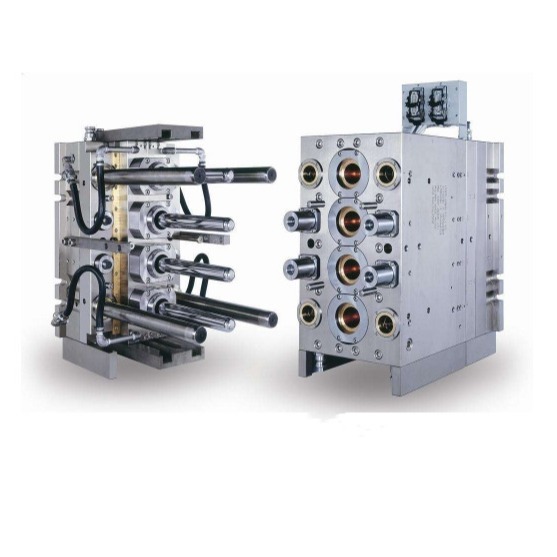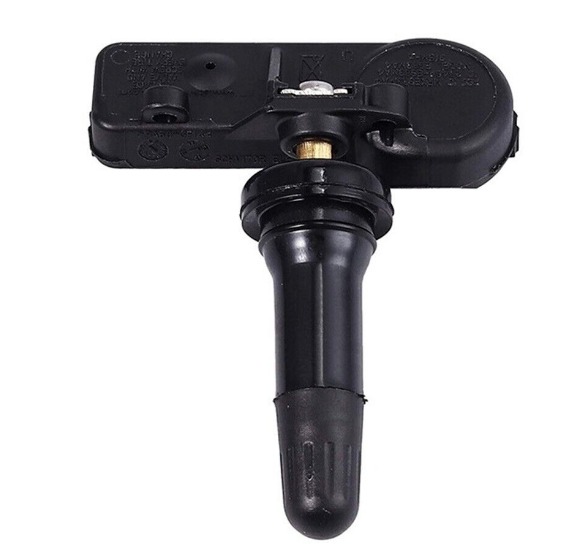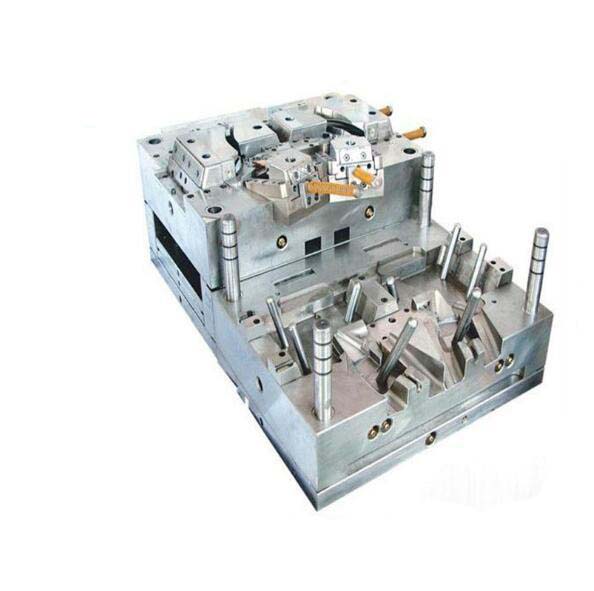Introduction
What is Injection Molding in a Clean Room?
Injection molding in a clean room is a highly specialized manufacturing process that combines the principles of injection molding with the strict environmental controls of a clean room environment. Injection molding itself is a widely used manufacturing method where molten material, typically plastic, is injected into a mold cavity under high pressure. Once inside the mold, the material cools and solidifies, taking on the shape of the mold cavity. This process is favored for its ability to produce high - volume, complex - shaped parts with consistent quality.
A clean room, on the other hand, is a controlled environment that has a low level of environmental pollutants such as dust, airborne microbes, aerosol particles, and chemical vapors. Clean rooms are classified according to the number of particles allowed per cubic meter of air. For example, a Class 100 clean room (ISO Class 5) allows a maximum of 100 particles of 0.5 micrometers or larger per cubic foot of air, while a Class 1 clean room (ISO Class 3) is even more stringent, allowing only 1 particle of 0.1 micrometers or larger per cubic foot of air.
When injection molding is carried out in a clean room, it ensures that the molded parts are free from contamination. This is crucial for industries where even the smallest particle of dust or debris can cause significant problems.
The importance of injection molding in a clean room cannot be overstated. In the medical device industry, for instance, components such as syringes, catheter parts, and implantable devices are produced using clean room injection molding. These parts need to be sterile and free from contaminants to prevent infections and ensure the safety and effectiveness of the medical devices. In the electronics industry, parts like connectors, sensor housings, and micro - components for semiconductors are also made in clean rooms. Contaminants can interfere with the electrical performance of these components, leading to malfunctions.
In the aerospace industry, where the reliability of components is critical, clean room injection molding is used to manufacture parts such as interior components, fuel system parts, and sensor enclosures. Any contaminants in these parts could potentially lead to system failures during flight, which could have catastrophic consequences.
In summary, injection molding in a clean room is a vital manufacturing process for industries that demand high - quality, contaminant - free parts. It combines the efficiency of injection molding with the purity of a clean room environment to meet the stringent requirements of modern manufacturing.
The Process of Injection Molding in a Clean Room
Step - by - Step Guide
- Material Preparation
- Raw Material Selection: The first step is to choose the appropriate plastic material. For clean - room injection molding, materials are often selected based on their purity and compatibility with the application. For example, in medical device manufacturing, biocompatible plastics like polycarbonate (PC), polypropylene (PP), and polystyrene (PS) are commonly used. These plastics must meet strict quality standards, with low levels of impurities such as residual monomers, additives, or contaminants.
- Drying: Most plastics absorb moisture from the air, and this moisture can cause defects in the molded parts, such as voids, bubbles, or surface imperfections. In a clean - room environment, the drying process is carried out using specialized equipment. For instance, a desiccant dryer is often used to remove moisture from the plastic pellets. The drying temperature and time are carefully controlled according to the type of plastic. For example, nylon - based plastics typically require higher drying temperatures (around 80 - 120°C) and longer drying times (3 - 6 hours) compared to polypropylene, which may be dried at 60 - 80°C for 2 - 3 hours.
- Filtration: To ensure the purity of the material, filtration is a crucial step. Fine - mesh filters are used to remove any particulate matter from the plastic pellets or granules. These filters can capture particles as small as a few micrometers, preventing them from entering the injection molding process and potentially contaminating the final product.
- Machine Setup
- Installation in the Clean Room: The injection molding machine must be installed in a way that minimizes the introduction of contaminants. The machine is typically placed on a vibration - isolating base to prevent vibrations from disturbing the clean - room environment. Additionally, it should be located away from areas with high foot traffic or other potential sources of contamination.
- Calibration and Adjustment: Before starting the molding process, the machine needs to be calibrated. This includes setting the injection pressure, injection speed, clamping force, and temperature controls accurately. For example, the injection pressure can range from 50 - 200 MPa depending on the plastic material and the complexity of the mold. The clamping force is adjusted to ensure that the mold remains closed during the injection process without causing excessive stress on the mold or the machine. The temperature of the barrel, nozzle, and mold is also precisely set. The barrel temperature for melting plastics can vary widely; for polyethylene, it may be around 180 - 250°C, while for engineering plastics like polyetheretherketone (PEEK), it can be as high as 350 - 400°C.
- Molding Process
- Melting: The plastic material is fed into the heated barrel of the injection molding machine. Inside the barrel, a screw rotates, pushing the plastic forward while heating it. As the plastic moves along the barrel, it gradually melts due to the combination of heat from the heater bands and the frictional heat generated by the screw. The melting process is carefully controlled to ensure that the plastic reaches the correct viscosity for injection.
- Injection: Once the plastic is fully melted, it is injected into the mold cavity at high pressure. The injection speed and pressure are critical parameters. High - speed injection is often used for thin - walled parts to ensure complete filling of the mold before the plastic starts to cool. The injection pressure forces the molten plastic into every detail of the mold cavity, replicating the shape of the desired part.
- Pressure holding:After the mold cavity is filled, a holding pressure is applied. This pressure compensates for the shrinkage of the plastic as it cools and solidifies. The holding pressure is gradually reduced over time to prevent over - packing or sink marks on the part surface. The duration and magnitude of the holding pressure depend on the plastic material, part thickness, and mold design.
- Cooling: The mold is then cooled to solidify the plastic. Cooling channels are integrated into the mold, through which a coolant (usually water or a heat - transfer fluid) circulates. The cooling rate affects the part's dimensional stability and cycle time. Faster cooling can reduce the cycle time but may also cause internal stresses in the part. For example, for a small, simple plastic part, the cooling time may be only a few seconds, while for a large, thick - walled part, it can be several minutes.
- Demolding:Once the plastic part has cooled and solidified sufficiently, the mold is opened, and the part is ejected. Ejection systems, such as ejector pins or ejector plates, are used to push the part out of the mold. The design of the ejection system is crucial to ensure that the part is removed without damage.
Case Studies
Medical Device Manufacturing
A leading medical device manufacturer, [Company Name A], was facing challenges in producing high - quality, sterile components for their advanced diagnostic equipment. These components, which included small - scale fluid channels and sensor housings, required tight tolerances and a contamination - free environment.
Before adopting clean - room injection molding, the company had a relatively high defect rate, around 15 - 20%. Contaminants such as dust particles were frequently found in the molded parts, which could affect the accuracy of the diagnostic equipment. For example, a dust particle in a fluid channel could disrupt the flow of samples, leading to inaccurate test results.
After transitioning to injection molding in a Class 100 (ISO Class 5) clean room, the results were remarkable. The defect rate dropped significantly to less than 5%. The clean - room environment ensured that the plastic materials used in the injection molding process remained free from contaminants. The company was also able to achieve tighter tolerances. For the sensor housings, the dimensional accuracy improved from ±0.1 mm to ±0.05 mm. This higher precision meant that the sensors fit more snugly into the housings, enhancing the overall performance of the diagnostic equipment. In addition, the sterility of the components was guaranteed, which was crucial for medical applications. This not only improved the quality of the final products but also reduced the company's production costs associated with rework and waste.
Electronic Component Production
[Company Name B], a well - known electronics company, specializes in manufacturing components for high - end smartphones and tablets. As the demand for smaller and more powerful electronic devices grew, they needed to produce components such as tiny connectors and micro - switches with extreme precision and in a contaminant - free environment.
Previously, when using traditional injection molding methods, the company faced issues with short - circuits and malfunctions in their components. Approximately 10 - 15% of the produced connectors had electrical problems, mainly due to dust or debris particles getting trapped inside the connectors during the molding process. These particles could interfere with the electrical contacts, causing intermittent connections or complete failures.
To address these problems, the company invested in a clean - room injection molding facility with a Class 1000 (ISO Class 6) environment. The impact was immediate. The rate of electrical malfunctions in the connectors dropped to less than 3%. The clean - room conditions allowed for better control over the molding process. For the micro - switches, which had a very small contact area, the clean - room injection molding ensured that no contaminants could bridge the contacts, reducing the risk of false triggering. The company was also able to achieve a 30% reduction in the size of their connectors while maintaining the same level of performance, thanks to the improved precision and quality control enabled by the clean - room injection molding process. This helped them to meet the demands of the rapidly evolving electronics market, where smaller and more reliable components are highly sought after.
Yigu Technology's View
As a non - standard plastic metal products custom Supplier, Yigu Technology highly values injection molding in a clean room. We understand that in the production of non - standard products, strict quality control is crucial. Clean - room injection molding allows us to meet the high - purity requirements of our clients, especially in industries like medical and high - end electronics.
Our company invests in advanced injection molding equipment and maintains Class 1000 (ISO Class 6) clean rooms. This enables us to produce parts with tight tolerances, often achieving dimensional accuracies within ±0.03 mm. We also have a team of experienced engineers who are well - versed in the nuances of clean - room injection molding. They can optimize the process parameters for different materials and product designs, ensuring high - quality output.
Moreover, we continuously monitor and improve our clean - room environment. Regular air quality testing is carried out to ensure that the particle count remains within the specified limits. By adhering to these strict standards, we can provide our customers with top - notch non - standard plastic metal products that meet their exacting demands.
FAQ
What types of plastics are suitable for injection molding in a clean room?
Commonly used plastics for clean - room injection molding include:
- Polycarbonate (PC): It has excellent mechanical properties, high transparency, and good heat resistance. PC can withstand a wide range of temperatures (-40 to 130°C), which is crucial for various applications. Its dimensional stability also ensures high - precision parts, making it suitable for medical device components like optical lenses in surgical instruments and electronic components such as connectors where precision and heat resistance are required.
- Polypropylene (PP): PP offers high chemical resistance, good flexibility, and a relatively high melting point (160 - 165°C for homopolymers). It is lightweight and cost - effective. In the medical field, it is used for making syringes, and in the electronics industry, it can be found in some housing components due to its chemical resistance and ease of processing.
- Polystyrene (PS): PS is a transparent plastic with good flowability and low water absorption (less than 0.2%). It is easy to mold into complex shapes and has a relatively low processing temperature (processing temperature is generally 185 - 215°C). It is often used for making disposable medical products like petri dishes and some small - scale electronic components' housings.
What are the key factors to consider when designing a mold for clean room injection molding?
- Ejection Design: The ejection system should be carefully designed to ensure that the molded part can be removed from the mold without causing damage. For example, the location and number of ejector pins need to be optimized according to the part's shape and size. In parts with complex geometries, a combination of ejector pins and ejector plates may be required.
- Runner Design: The runner system, which channels the molten plastic into the mold cavity, should be designed to minimize material waste and ensure even filling of the cavity. The diameter and length of the runners should be calculated based on the plastic's viscosity and the size of the mold cavity. For high - volume production, a hot runner system may be considered to reduce the generation of waste plastic.
- Ventilation Design: Proper ventilation in the mold is crucial to allow the escape of air and gases during the injection process. If gases are trapped, they can cause defects such as voids or burn marks in the molded part. Vent holes or grooves should be strategically placed in the mold to ensure efficient gas evacuation.
